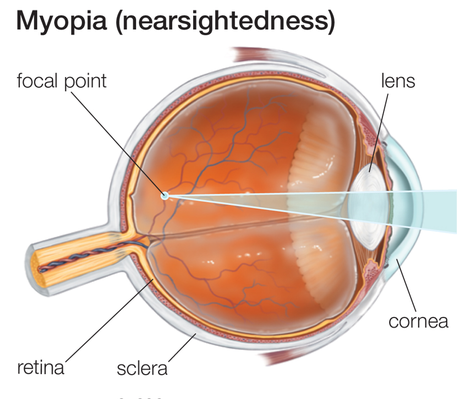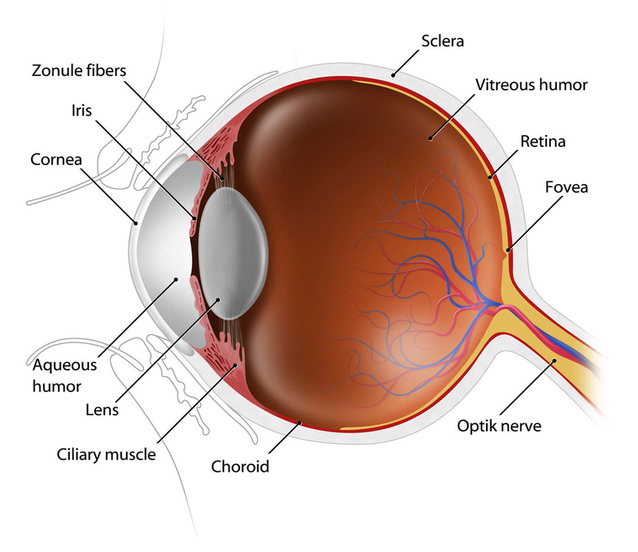|
Nearsightedness means that you see close objects clearly, but distant objects are blurry.
This happens when the eyeball is too long or when the outer layer of the eye, called the cornea, is too curved. Causing light rays to focus at a point in front of the light-sensitive tissue at the back of the eye (retina) instead of directly on it. Nearsightedness tends to worsen very slowly over time. Usually, it can be completely corrected with glasses, contact lenses, or surgery. |
Nearsightedness may also be caused by a cornea that is too curved. This can be a problem you have had since birth or caused by diseases of the cornea.
If you have extreme nearsightedness (called high myopia), you are at risk for more serious eye problems such as retinal detachment, degeneration of the retina, and bleeding under the macula.
If you are very nearsighted, you should see an eye care provider regularly for checkups.
The major symptoms of nearsightedness are:
If you have extreme nearsightedness (called high myopia), you are at risk for more serious eye problems such as retinal detachment, degeneration of the retina, and bleeding under the macula.
If you are very nearsighted, you should see an eye care provider regularly for checkups.
The major symptoms of nearsightedness are:
- blurred vision
- eye discomfort
- eyestrain


